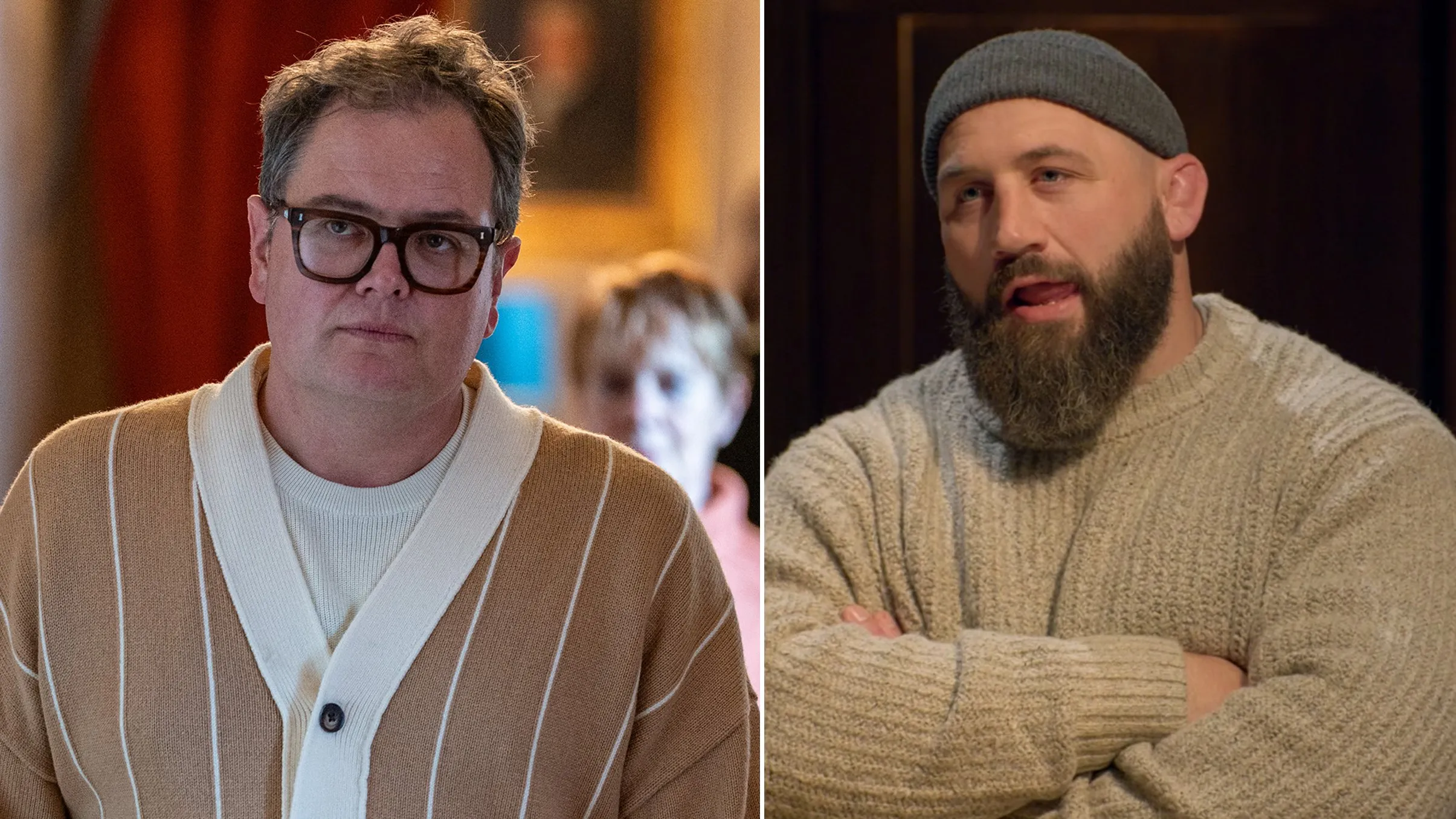Copyright forbes

Hasui Kawase. The Temple Zōjōji, Shiba, from the series Twenty Views of Tokyo. 1925. Color woodblock print Courtesy of the Hammer Museum The Hammer Museum in Los Angeles has mounted an exquisite collection of more than 80 woodblock prints from Japan’s Edo Period (1603–1868): “Rising Sun, Falling Rain: Japanese Woodblock Prints from the Grunwald Center for the Graphic Arts.” The exhibit is on view until November 30. The artworks fall under the artistic genre of ukiyo-e, or “pictures of the floating world.” They embody the ephemeral, pleasure-seeking nature of urban culture that flourished in Edo-period Japan, especially in entertainment districts. Teahouses, temples, brothels and kabuki theaters, among other settings, serve as backdrops. Sumo wrestlers, courtesans, warriors and actors populated the scenes. The style focused on the fleeting beauty found on earth, rather than ethereal realms. Later themes were nature-based, and some included poetry and folklore. Katsushika Hokusai. Viewing Sunset over Ryōgoku Bridge from the Onmaya Embankment, from the series Thirty-Six Views of Mount Fuji. 1831-1833. Color woodblock print. Courtesy of the Hammer Museum “Rising Sun, Falling Rain” is a study in how ukiyo-e evolved. The show includes renowned artists: Utagawa Toyokuni, Katsukawa Shunshō, Utagawa Hiroshige, Katsushika Hokusai, Tsukioka Yoshitoshi and Kawase Hasui. The artworks are from the Hammer’s Grunwald Center Collection, which comprises more than 45,000 prints, drawings, photographs, and artists' books dating from the Renaissance to the present, according to the Grunwald website. The collection was established in 1956 with a gift from German émigré Fred Grunwald, “who assembled a world-class print collection in Los Angeles in the 1950s after his original collection was presumably seized by the Nazis in the 1930s,” the website states. Kitagawa Utamaro. The Happy Faces of Ohan and Chōemon, from the series Eight Pledges at Lovers’ Meetings. Ca. 1798-1799. Color woodblock print Courtesy of the Hammer Museum While the exhibit’s artworks look priceless, they were originally mass-produced and sold at affordable prices, thanks to the woodblock printing process. This democratization of art meant common folk, often the rising merchant class, had access to beautiful landscapes and beautiful figures. The style was not considered “high art,” but rather commercial art created for the masses. Some of the prints were advertisements and book illustrations, and others served as commentary on cultural trends. Utagawa Hiroshige, Yoro Waterfall in Mino Province, Number 23, 1853–58. Color woodblock print. Courtesy of the Hammer Museum A stunning example from Utagawa Hiroshige’s later career is on view: “Yoro Waterfall in Mino Province,” Number 23, 1853–58. His gradation technique is finely executed, with the dramatic vertical cascade of deep indigo blue blending to lighter tones. A nearly three-dimensional sense of the waterfall’s might is conveyed. The sophisticated color palette includes the water’s cool blues and the rocky cliff’s warm rust-red and grays, as well as the pink-tinged sky. Another of Hiroshige’s accomplished works is on view: Utagawa Hiroshige. Shōno: Driving Rain, from the series Fifty-Three Stations of the Tōkaidō, Number 46. Ca. 1833-1836. Color woodblock print Courtesy of the Hammer Museum “Shōno: Driving Rain,” from the series, Fifty-Three Stations of the Tōkaidō, Number 46. The print captures the struggle against the elements. Hiroshige’s rendering of a driving rain storm is particularly noteworthy. It’s a deeply human scene that evokes empathy: hunched over figures struggling up a slope being buffeted by the wind. Van Gogh, who found Japanese woodcuts fascinating because of their vivid color compositions, famously based his painting, “Bridge in the Rain” on the print. Tsukioka Yoshitoshi. Gojō Bridge:An Episode from the Life of Yoshitsune. 1881. Color woodblock triptych. Courtesy of the Hammer Museum A woodblock by Tsukioka Yoshitoshi is alive with frenetic energy. “Gojō Bridge: An Episode from the Life of Yoshitsune.” The warrior Benkei lunges diagonally across the Gojō Bridge, his weapon thrust forward to attack. On the right, the diminutive figure of Yoshitsune leaps away from the action. A large full moon is placed center in the composition, creating a kind of set piece. The woodblock follows in the kabuki theater tradition, capturing drama and freezing it at a climactic moment. The scene is an episode from "The Chronicles of Yoshitsune,” according to the Art of Japan website: “Benkei had sworn an oath to collect 1000 swords. He hid at night on Gojo Bridge in Kyoto, waiting for victims to arrive. Yoshitsune defeats him using agility and guile and Benkei then swears his allegiance to Yoshitsune.” Utagawa Hiroshige. Fireworks at Ryōgoku Bridge, Number 98. 1858. Color woodblock print. Courtesy of the Hammer Museum Creating such woodblocks was not a simple process. An artist designed an image, a carver expertly cut the design into a wood block, and a printer applied pigments transferring the design to paper. Multi-color prints required separate blocks for each color. But the works also needed to be distributed; publishers coordinated the process and disseminated the results. Artists such as Kitagawa Utamaro grew famous for their idealized depictions of beautiful women, often in elegant poses. Landscapes were later favored by Utagawa Hiroshige and Katsushika Hokusai, who created the still-famous scenes of Mount Fuji, crashing ocean waves, and various rural vistas. “Rising Sun, Falling Rain: Japanese Woodblock Prints from the Grunwald Center for the Graphic Arts” is organized by Hollis Goodall, guest curator, with Kelin Michael, Luce/Getty curatorial fellow. Editorial StandardsReprints & Permissions



